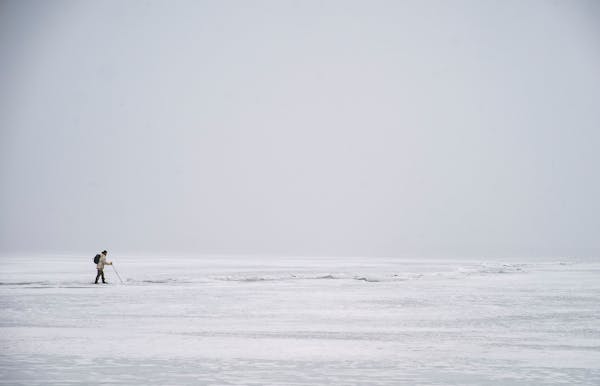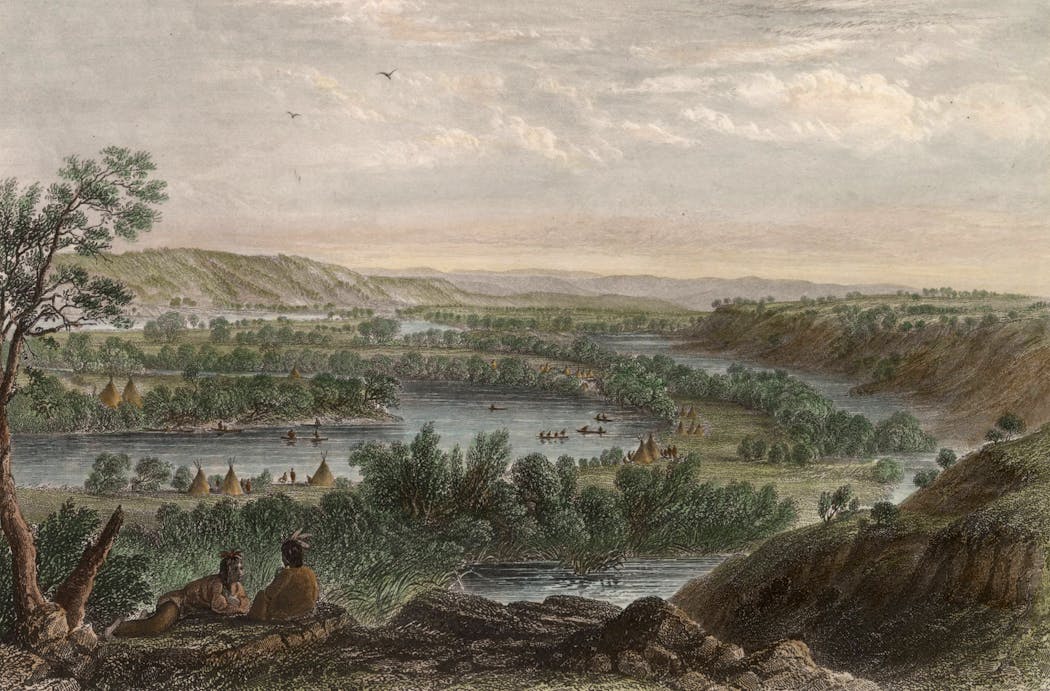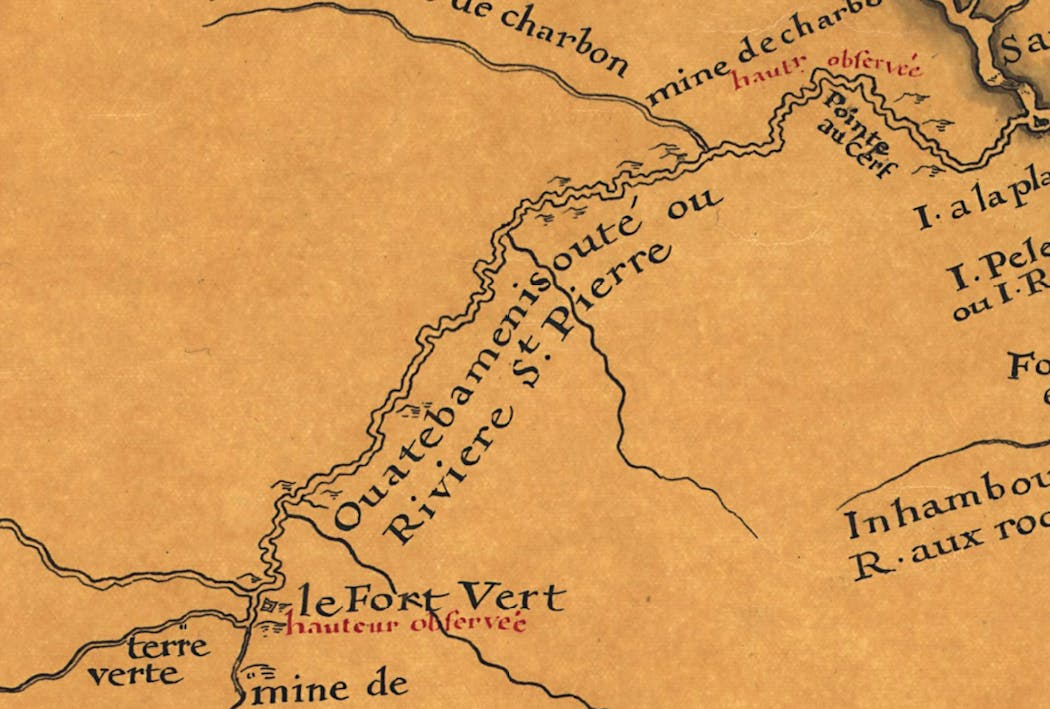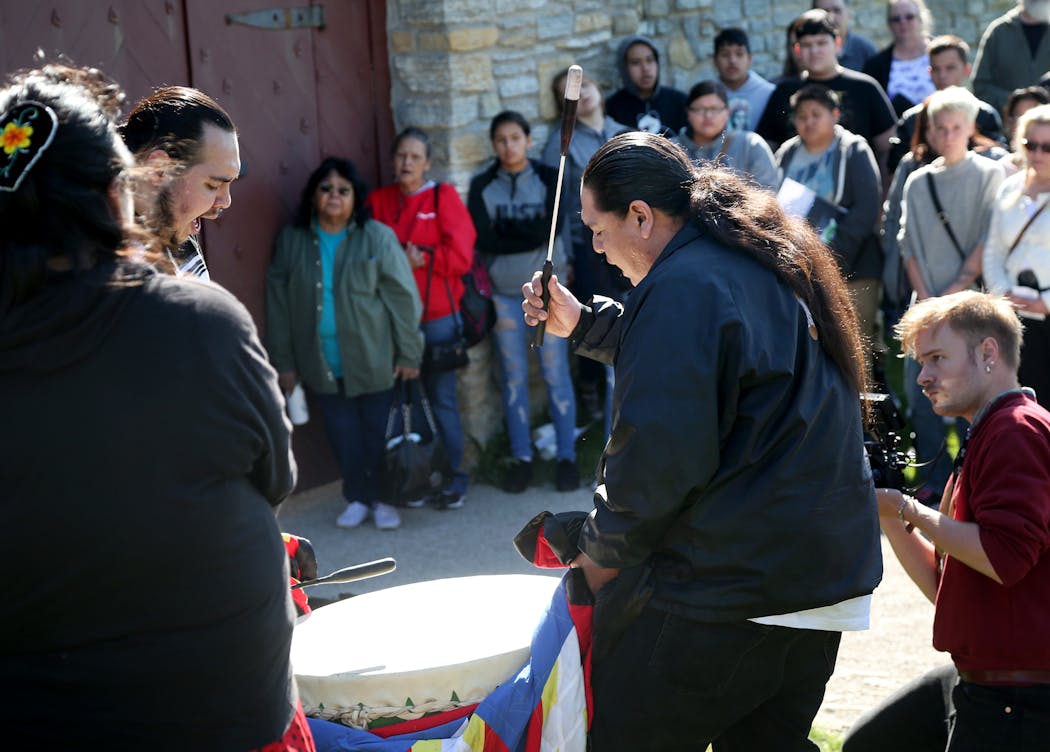What does 'Minnesota' mean and how did the state get its name?
Listen and subscribe to our podcast: Via Apple Podcasts | Spotify | Stitcher
Minnesota means a lot to the people who call this state home. But what does Minnesota mean — literally?
This fundamental question about the land of 10,000 lakes was recently on the mind of North St. Paul resident Nathan Barclay, who sought answers from the Star Tribune's reader-powered reporting project, Curious Minnesota. He is the latest of several readers who have asked about the origins of the state's name.
The state of Minnesota and the Minnesota Territory that preceded it were named after the Minnesota River. The word "Minnesota" is derived from the Dakota name for that river region, Mnísota or Mní Sota.
There are different interpretations about what those words mean, according to Šišókaduta, a Dakota language instructor at the University of Minnesota whose English name is Joe Bendickson. "Mní" (also spelled "miní") means water, a common theme of Minnesota place names. But the meaning of "sota" depends on how it is pronounced, he said.
When Mní Sota is pronounced with a hard "s" sound — the way the state's name is typically spoken — it means clear.
"A literal translation would be clear water," Šišókaduta said. "But what it ... really refers to is where the waters reflect the skies, because the water is clear and still."
By contrast, the word šota — pronounced "show-ta" — means cloudy or smoky, he said.
Mní Šota "means cloudy waters, referring to how — at certain times of the year — there's a fog on the lakes and rivers," Šišókaduta said.
Some early white missionaries and explorers in the area believed the river's name meant the water itself was cloudy or turbid, according to a 1921 history of Minnesota authored by William Watts Folwell, the first president of the University of Minnesota.
But Šišókaduta said that most people who speak Dakota language use the fog or mist interpretation of šota. "There's another [Dakota] word for water that's kind of murky, and kind of dark," he said.
"Mni Sota Makoce," a history of the Dakota people published in 2012 by the Minnesota Historical Society, combines in its title the words "Mni Sota" with "Makoce" — the Dakota word for land.
"Our title, Mni Sota Makoce, uses the Dakota adjective sota with a regular 's,' meaning 'clear' or 'sky-colored,' so that it translates as 'land where waters are so clear they reflect the clouds,' " wrote the book's co-authors, one of whom is state poet laureate Gwen Westerman.
Naming the river
Archeological evidence indicates that the Dakota tribe has lived in Minnesota for at least 1,000 years. The tribe's creation story is that the first Dakota man and woman were created at Bdote, the confluence of the Minnesota and Mississippi rivers, according to "Mni Sota Makoce."
The Minnesota River ultimately became home to many Dakota villages. It is not known when the Dakota people began calling the river Mní Sota, since they did not keep written records, Šišókaduta said.
"I think we can safely say that it's been called the Mní Sota river for a long time," he said.
The river got another name, St. Peter's River, after French traders like Pierre Le Sueur encountered it in the late 1600s. Le Sueur later wrote that they named it St. Pierre — the French translation of "Peter" — because it was "discovered" on St. Pierre Day by a group that included several people named Pierre, according to "Mni Sota Makoce."
One of the earliest surviving written references to Minnesota appears on a 1702 French map of the Mississippi River area, which dubs the Minnesota River "Ouatebamenisouté ou Riviere St. Pierre." This is the French interpretation of Mní Sota Wakpa — the latter word meaning "river" in Dakota, according to "Mni Sota Makoce."
The Minnesota Territory
Mní Sota would take on new significance in 1846, when the first bill to create the "Minasota" Territory was introduced to Congress by Wisconsin Territorial Delegate Morgan Martin.
Not everyone was sold on the idea. The chairman of the Committee on Territories, a representative from Illinois, amended the bill to instead call the new territory "Itaska." Itasca is derived from the Latin words for "truth" and "head," referring to the Mississippi River headwaters. Other representatives suggested "Jackson," "Washington" and "Chippewa," according to the 1908 book "Minnesota in Three Centuries."
The House of Representatives ultimately passed the bill with the name "Minnesota," spelled as it is today, but it died in the Senate, according to Folwell's history. A later attempt succeeded in 1849, however, and the Minnesota Territory was born. The state, established in 1858, took the same name.
The state's name is among many examples of Dakota and Ojibwe words that became place names across the region. Yet white settlers were simultaneously attempting to wipe out Native people and force them off their native lands.
Šišókaduta said the names are today a source of pride — rather than resentment — for many Native people.
"It shows that we were here and that we're still here," he said. "And I think the sad part is a lot of people don't take the time to learn about them."
He added: "If they took the time to learn why is it called this, then they might understand, where are the Dakota people now? And what are they doing? Why don't we see more of them? And learn about the history of who we are — past but also the present. And where we want to go in the future."
If you'd like to submit a Curious Minnesota question, fill out the form below:
Read more Curious Minnesota stories:
How did Minnesota's indigenous people survive the extreme winters?
Which Indigenous tribes first called Minnesota home?
Did modern Minnesota roads evolve from Native American trails?
Did political shenanigans derail an effort to move Minnesota's capital from St. Paul?
How did Minnesota get its shape on the map?
How did Minnesota become the Gopher State?






